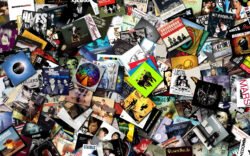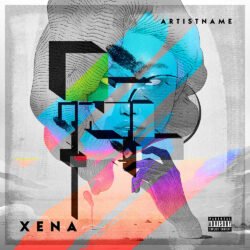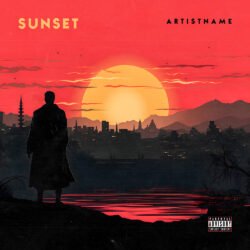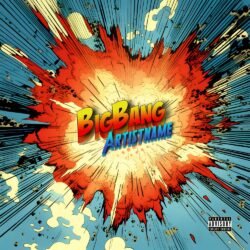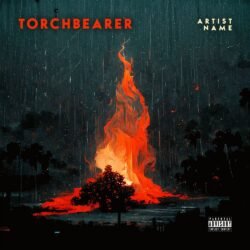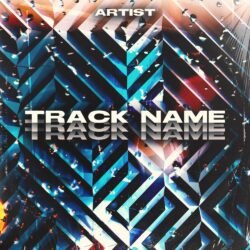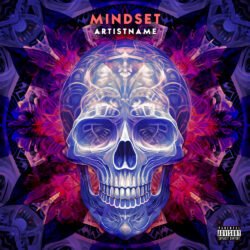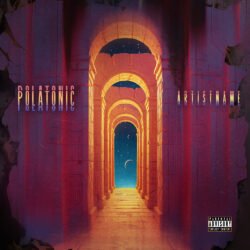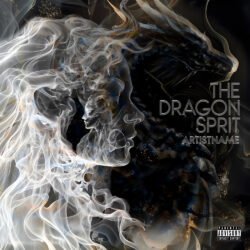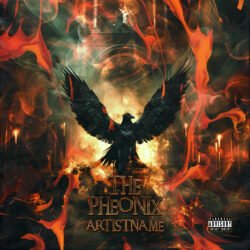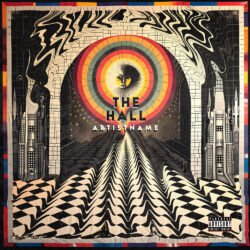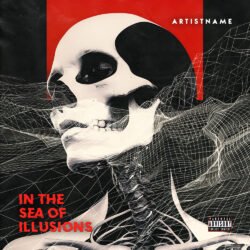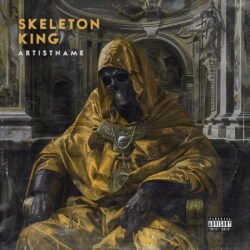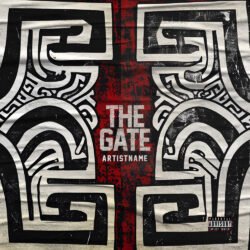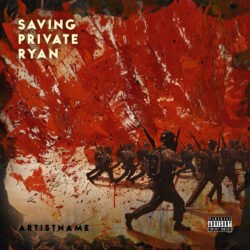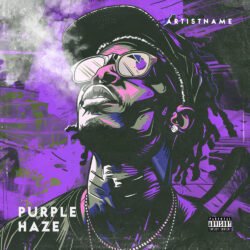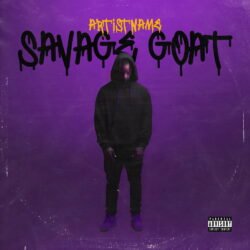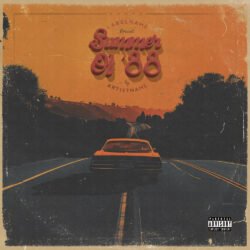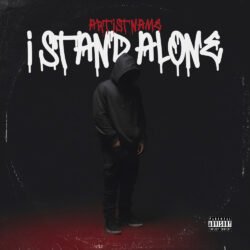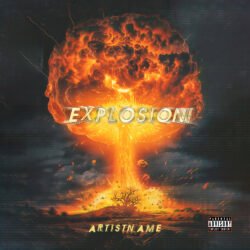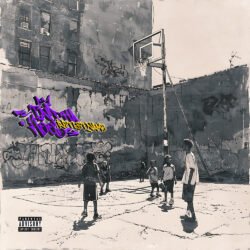Download exclusive premade rap & hip hop music album cover designs and digital artworks for sale created by artists, for artists.
Can’t discover your artwork? We’ve got you covered! Buy cover artwork’s job is to curate a collection of unique exclusive licenses download premade artworks for sale, also provide design services for artists, musicians, bands, singers, vocalists, DJs, producers, record labels, authors, content creators, distributors, and publishers with the collaboration of top artists, designers, and makers that would elevate music into visual imagery.
Covering every genre, from Old Skool Rap and Trap to Drill. Grab your favorite Artworks (illustrations, images, photos, collages, and graphic arts) and use them for Albums, Singles, EPs, Posters, Merchandise and more on Distrokid, Spotify, Apple Music, Bandcamp, Soundcloud, Tidal, Deezer, and other Streaming, Publishing, and Printing Services. You also can turn them into a short looping animation and use it for streaming services like Spotify videos or YouTube and other social media like Instagram stories or TikTok.
Artworks are sold exclusively only once, on first-come first-served basis.
Premade Rap and Hip Hop Album Cover Art Designs
Showing 1–18 of 183 results
$ 120 Original price was: $ 120.$ 99Current price is: $ 99.
$ 120 Original price was: $ 120.$ 99Current price is: $ 99.
$ 130 Original price was: $ 130.$ 99Current price is: $ 99.
A Dive Into Rap & Hip Hop Music
Hip Hop is not a genre, but a huge subculture encompassing a whole lot more than just music. Hip Hop consists of what is known as “the Four Elements”: breakdancing, graffiti, turntablism (mixing and scratching, the work of the DJ), and rapping (the work of the MC); a harmony of dance, visual art, spoken word, and technology. But Hip Hop also has its own customs, an idiosyncratic “code”, enriching and defining the subculture: gang visual language for a start, or an obsession with clean sneakers to show respect for personal property when rappers could barely afford a second pair of shoes. And let’s not forget “Bling Bling”: often misinterpreted for status symbols, these heavy, exuberant golden necklaces and rings represent ancient African warrior tribe symbols. Because Hip Hop is first and foremost a powerful stance.
All Rap or Hip Hop music consists of two equally important parts: the beat and the rhyme. The beat used to be made by certain old Funk (or Disco) records which featured breakdowns: sections with only the drummer (and bass) playing. These sections were used to create a continuous (looped) breakbeat (see more at Breakbeat). Sampling, a technique of cutting and pasting small sounds from existing records, was used to complement the breakbeat with melody, bass and sound effects. Though controversial from a legal point of view, the work some artists devoted to create the perfect beat is extraordinary and most samples were never recognized. Since the late eighties, electronic samplers could store and record a variety of samples, leading to a torrent of Rap productions.
The word “rap” is hip hop slang and translates more or less to “flow” (of words). Rap is thus music consisting of “raps” or flows (or rhymes). The phrase “hip hop” however has very obscure roots, going a long way back into black culture. Hip simply means hip but was often placed near hop, what more or less refers to dancing or partying. Yet the exact etymology has been lost over the course of time. Afrika Bambataa and the Sugar Hill Gang popularized this phrase already known among blacks to describe a gathering, a movement, or a place of both fun and coolness.
The real power of Rap lies in the opportunity to convey elaborate and profound messages, thanks to the continuous use of lyrics throughout the music. With more words per song than any other genre, Rap can amuse, protest, or connect in ways other genres cannot. Especially the latter is often forgotten: early Rap tried to end ghetto poverty, bigotry and racism by reaching out to white audiences, connecting remote subcultures.
Rap did not only inherit the concept of sound systems, DJ’s with turntables, and toasting from Jamaica, but also the love for cannabis. Besides Jamaican music, no super-genre is as connected with the drug as Rap, though many rappers have expressed strong anti-drug messages. The aural psychedelic effect of marihuana synergizes well with the repetition of a looped breakbeat combined with unexpected and atmospheric samples, while the psychological effect on reasoning, associating, and verbalizing facilitates high-tempo rapping. One must of course also not forget the incredibly abundant vocabulary of Hip Hop slang, partly as a consequence of marihuana use.
Rap originates from the ghetto and is strongly regional. Since Rap is more language oriented than other genres as well, its various subgenres are therefore geographically demarcated. However, these subgenres are only withheld in musicmap if they have distinctive technical and ideological properties, not only language. This is why e.g. French Rap, Russian Rap, and Nederhop are not separately mentioned as genres, though they are vibrant and interesting realms of Hip Hop. Since the nillies, Rap has gone through an identity crisis. The once powerful and innovative concept of rhyming over sampled beats has become commonplace and its magnetism has withered. With more eclecticism, Autotune, file sharing, audio streaming and the coming of “Ring Tone Rap” (inexpensive Rap made for smartphones), Rap has seemed to have traded its warrior mentality for something tangible. Though there are still Rap/Hip-Hop artists that stay true to Hip-Hop’s roots and heritage.
